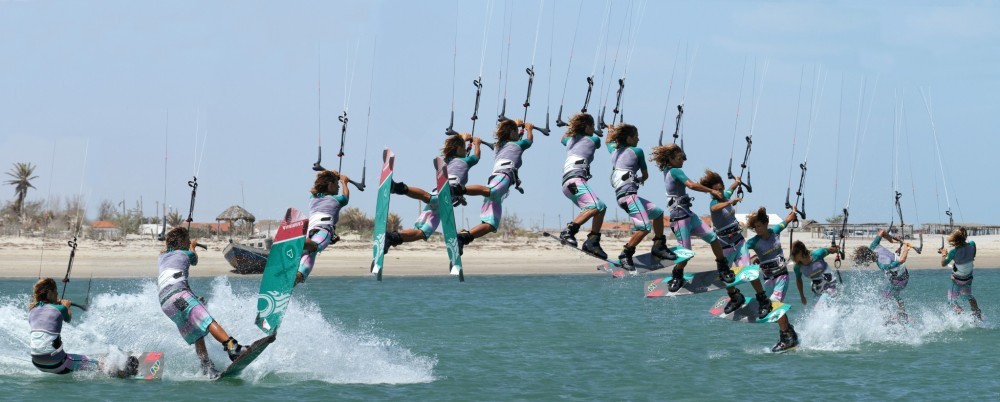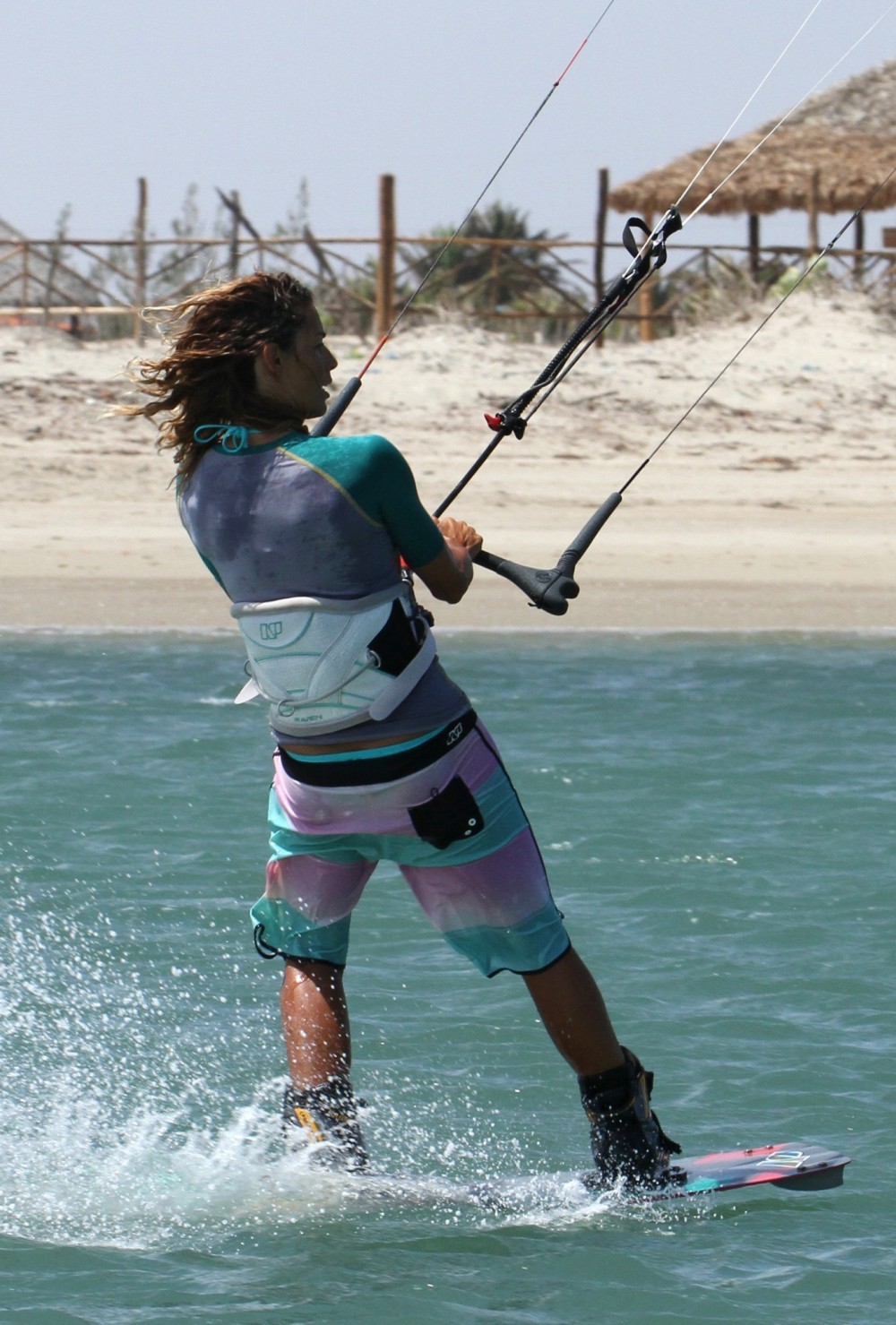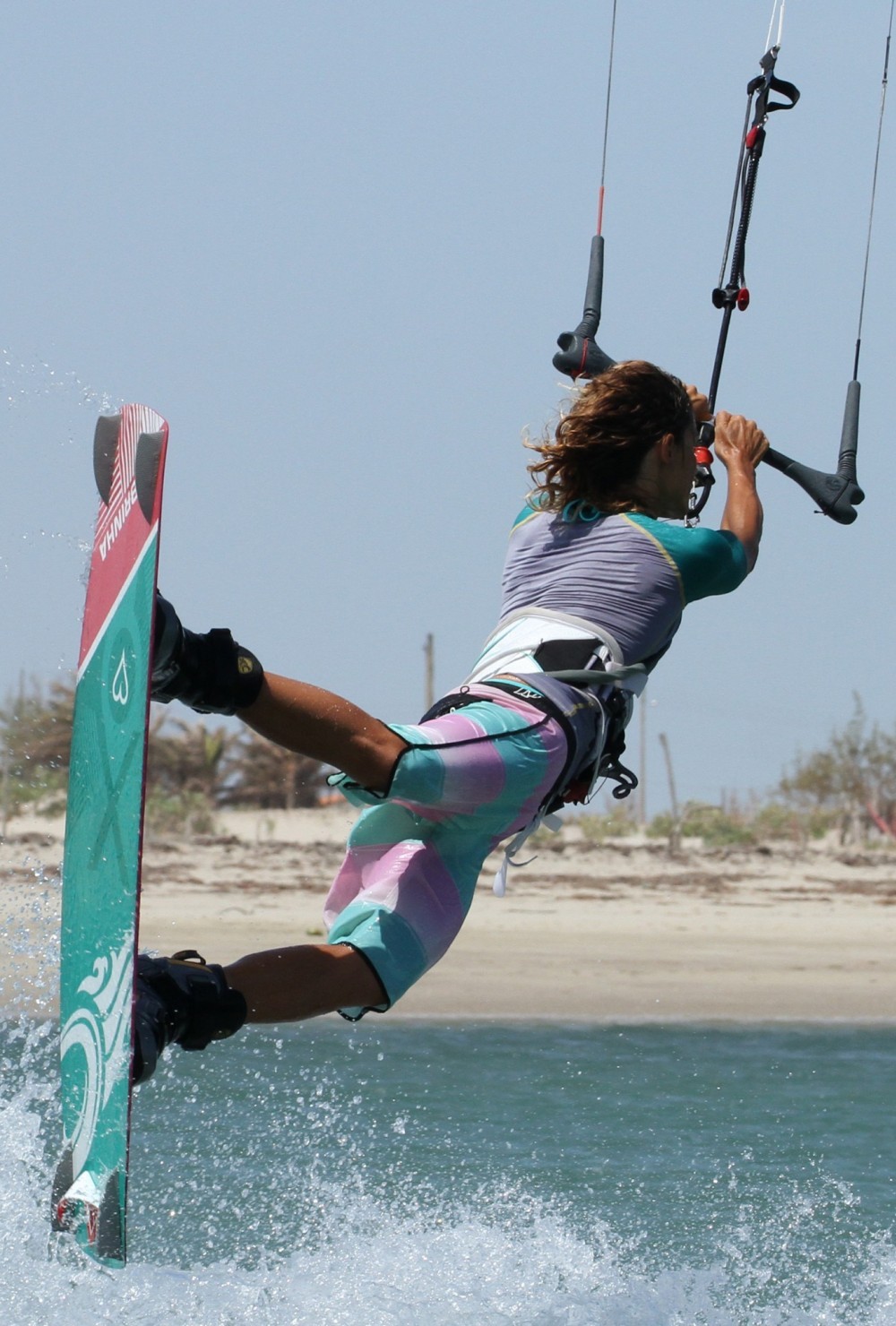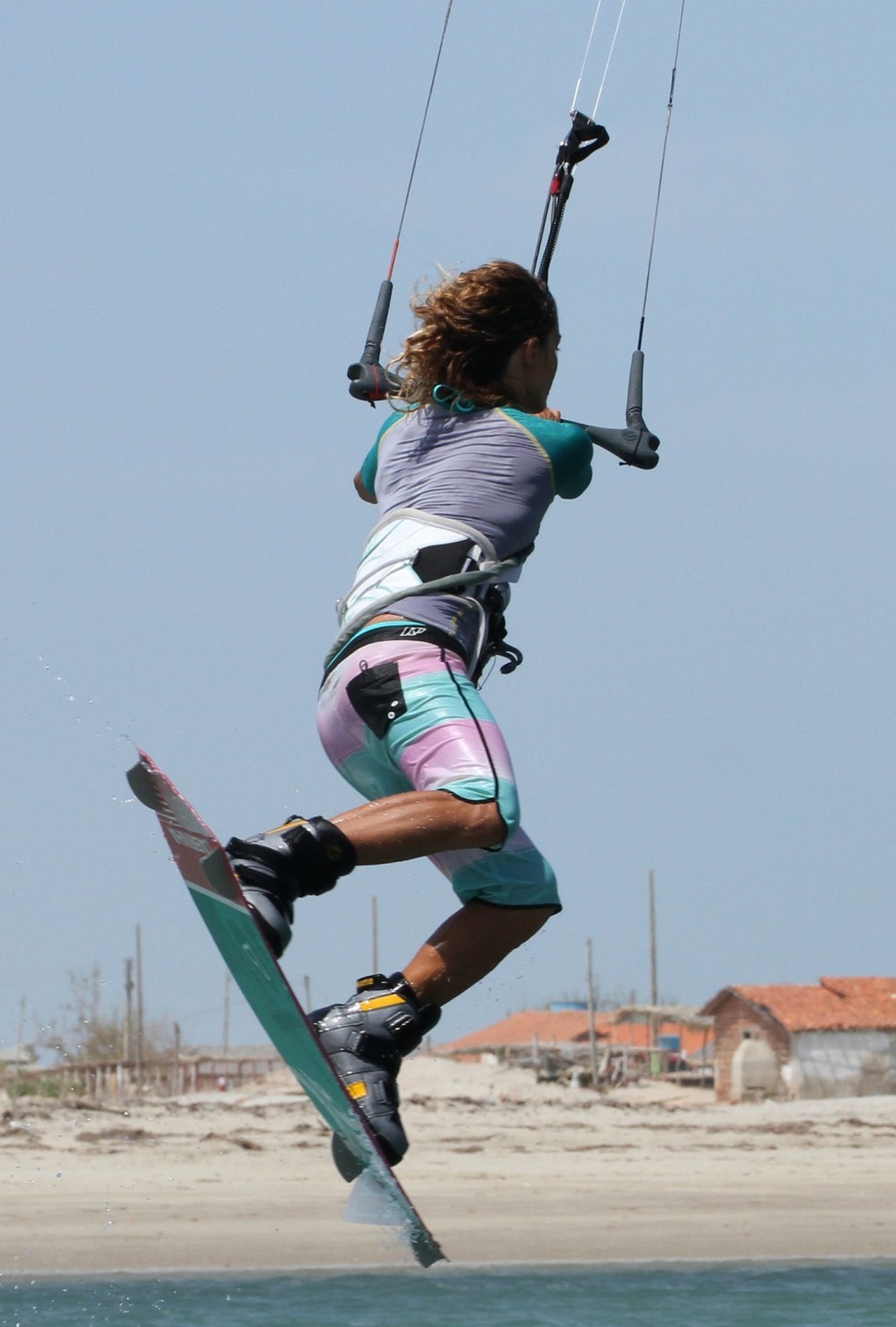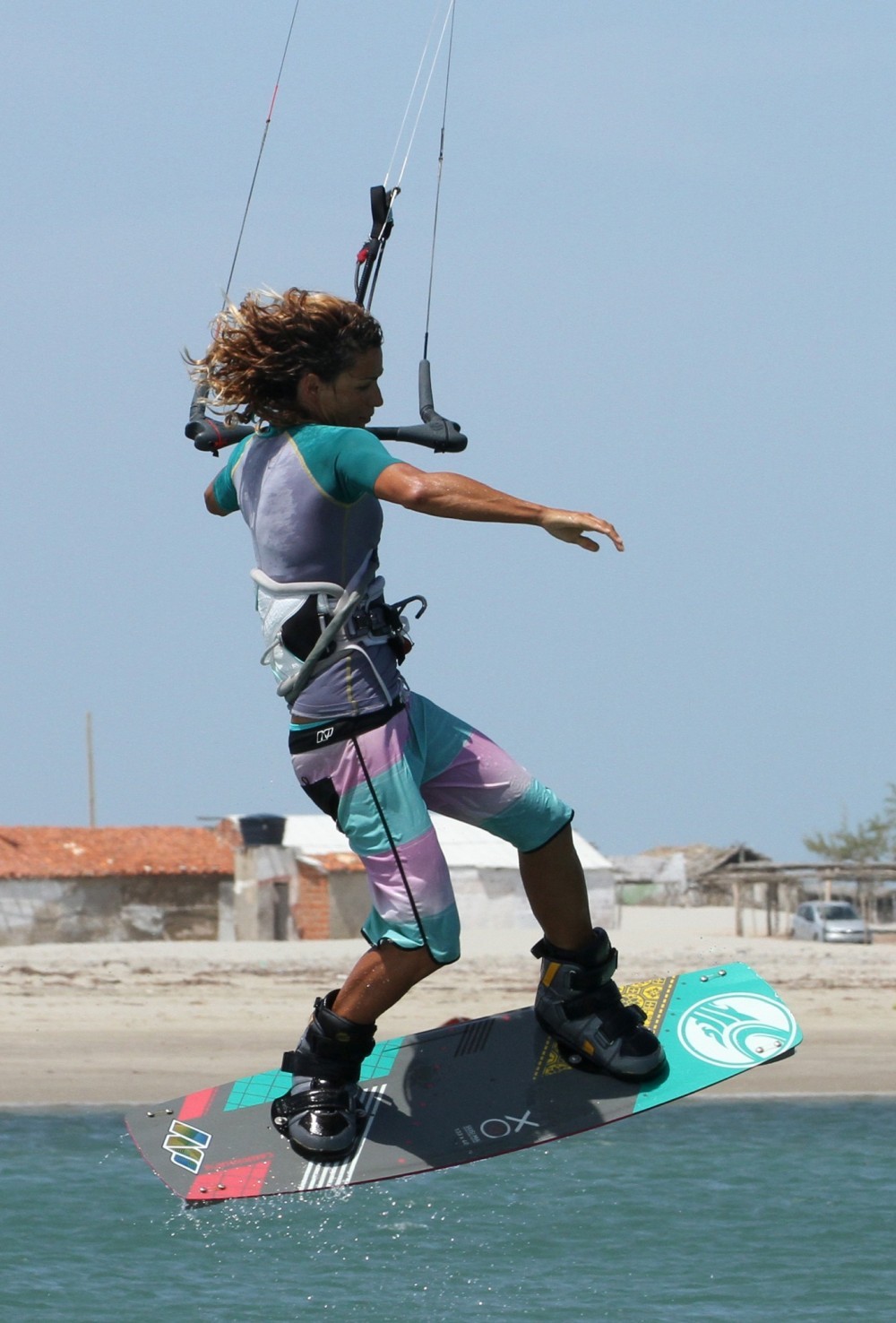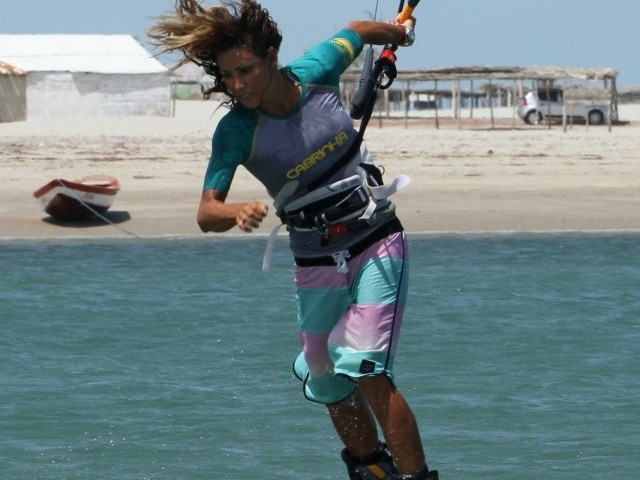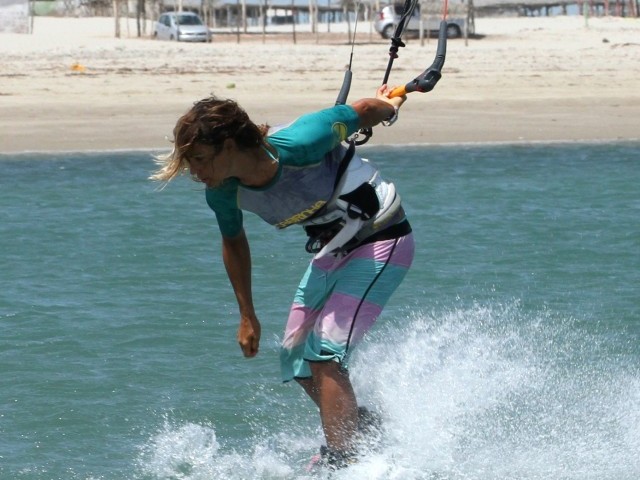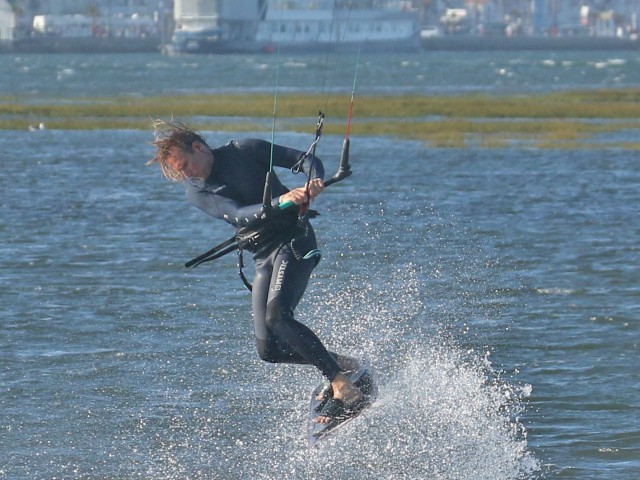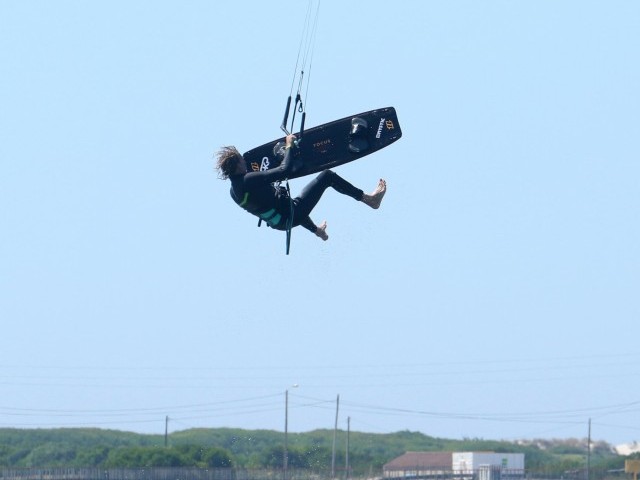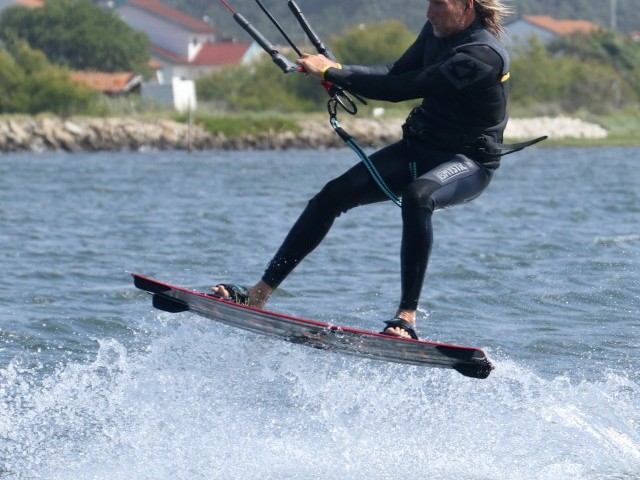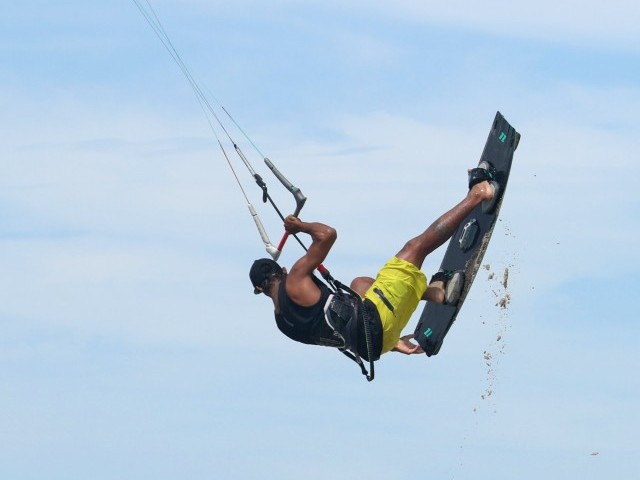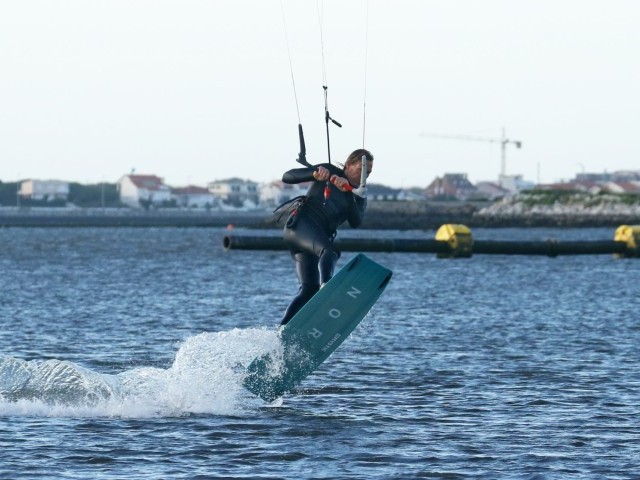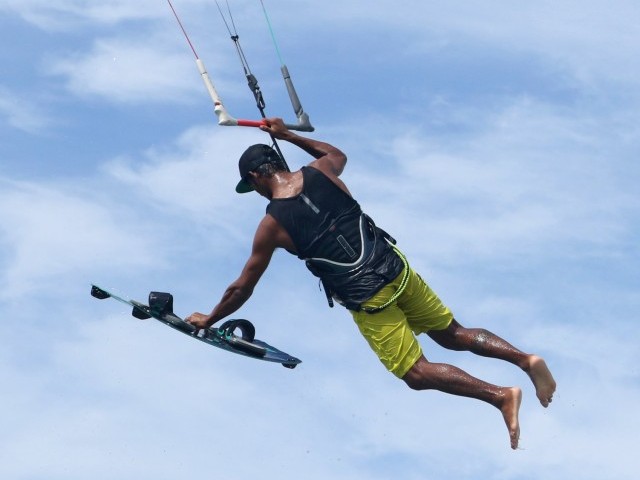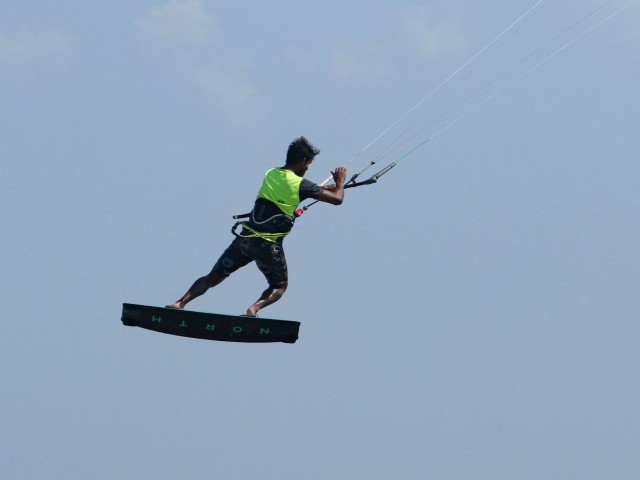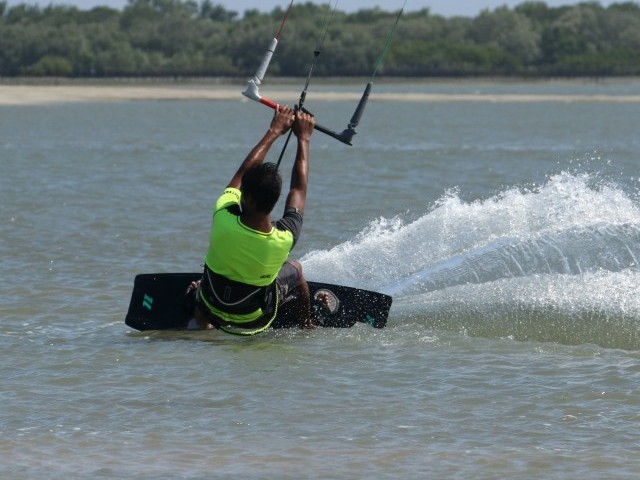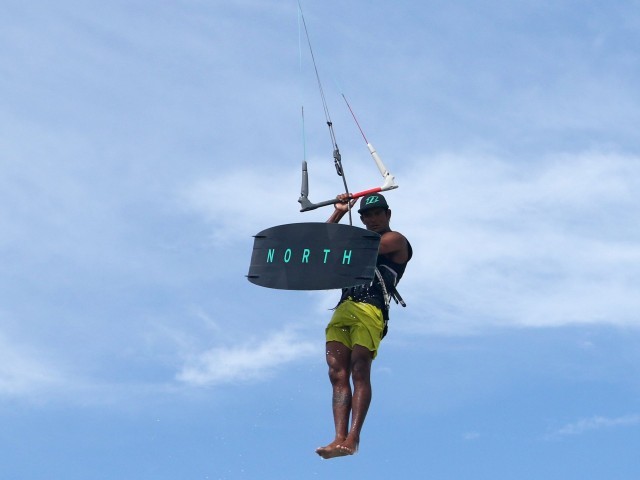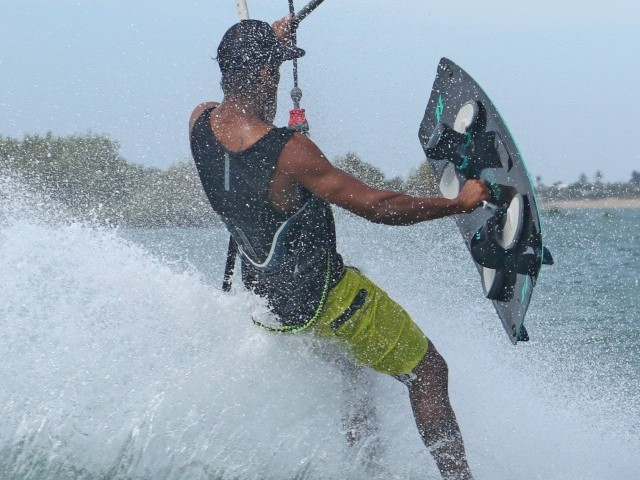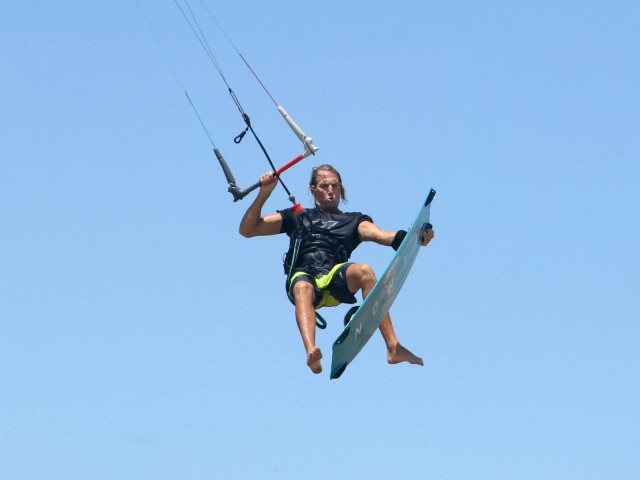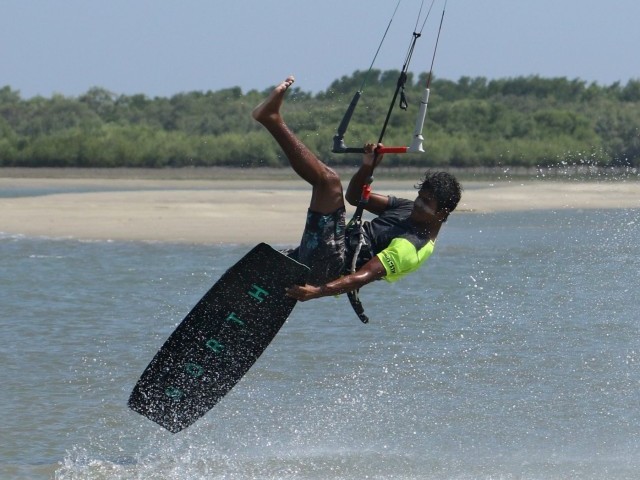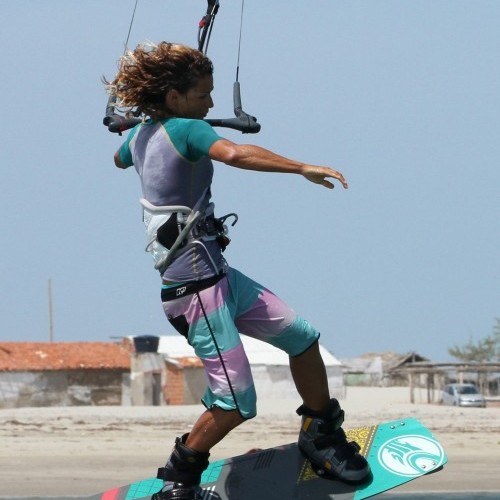
Raley to Wrapped
Technique / Advanced
Introduction
Raleys and Wrapped are not always the most popular of bedfellows. When we think of wrapped or 3s, 5s and even 7s rotating that way, the Shifty is more often favoured as the proceeding movement due to it’s more dynamic leg pull. However, that doesn’t mean that you can’t or shouldn’t. Your only pre requisite for this is the Krypt, aka Raley to toe side, which we went through in Issue 44. You will, however need to be doing this unhooked.
In fact, if you can already Raley then you’ll be able to learn this without having to learn to Shifty, now there’s a bonus. If this is to be your first attempt at wrapped, let’s take a moment to visualise what wrapped actually is. The best way to think of it is as an exaggeration of your Krypt. Wrapped is taking this rotation, here it’s clockwise as Karine is going right, further, so that you turn as you would for toe side but continue, releasing your front hand, turning your head and shoulders so that you complete a full rotation and land heelside, in this case right foot forward with your left arm and the bar wrapped around behind you!!! You’ll then pass the bar. Make sure you understand this fully, can visualise it and walk through it to get the movement in your head.
The Approach
As with all things pop, your approach will determine how well things turn out. You can see in the picture that Karine has her kite just below 1 o’clock, she has turned the board off the wind onto a very broad reach, whilst keeping her weight both upwind of the board and back towards the tail of the board. Her front leg is extended and both her elbows are tucked into her sides, hands centred on the bar. Not only is this the perfect position from which to unhook, it is also the perfect set up for the Raley.
Kite height is important, too high and you’ll fly, but too low and you may not have the confidence to go for the wrapped, so go for a height where your kite is happily flying forward without creating too much lift, as a reference point this will be just below about 1 or 11. Suddenly bearing off the wind allows you to lose tension from the lines and unhook, and it lets the kite drop back a touch so that it will pull you downwind for an easier landing. Weight upwind positions the board between you and the kite so you can pop without the kite pulling your shoulders prematurely over the board. Weight back over the tail so that you can quickly and efficiently carve the board upwind to pop, the extended front leg helps this. Elbows are tucked in to stop the kite from pulling your arms out straight and you over the board.
Finally, make sure that your leash is hanging on your trailing legs side, so that you have room to pass the bar at the end of the move, once you’ve landed wrapped.
The Raley
If you’ve managed to resist on the aforementioned platform, you will be in a position to, and have something from which to pop. As the board turns underneath you it’s time to stamp. Karine feels the board turning under her, and more importantly feels herself being pulled forwards by the kite. This is her cue to pop. She pops hard against the board with her back foot by stamping down and extending her back leg as explosively as possible. Her front leg has remained extended throughout. The amount of pop you get will depend on a few variables – speed, power, timing, aggression, but your aim is to extend, really concentrate on straightening your legs, uncoiling the spring which is you. If the kite drifts up a bit during the raleyit’s no problem, as at least you’ll have more time to commit and rotate fully to wrapped. Thinking back to the Krypt, aim for a good flick off your raley too. You can see that as her front leg flicks around, it brings her back leg more forwards and closer to the bar, which will help.
The Pull
This is where the move gets critical. Commitment is your friend here. You must decide to go once your legs start to drop from the flick. If you wait too long you legs will swing down and you’ll land toe side. You also need to get your body compact and close to the bar so that you can land over the board and not get pulled downwind. This requires a sudden and extreme pull. You can see that Karine has pulled the bar towards her, which effectively pulls her up and towards the bar. She is till looking forwards and her shoulders are still turned as if she was going for toe side. Karine has also lifted her legs under her body and the bar, so that once she turns everything will rotate together. The pull must be done with both hands so that the kite doesn’t move. If you have a tendency to pull too much on the back hand, which is common, you can try and tweak the kite down by pulling more on your front hand.
The Throw
If you gave the bar a good tug and brought your knees up you should end up under the bar. From here you need to carry the energy from the pull into the turn. If you can throw a blind on the other side it is exactly the same movement and commitment. You can see that Karine has released her front hand and is leading the rotation to wrapped with her head and shoulders, turning to look over her shoulder. She is toe side in the air! Karine throws her free front hand around to help with the rotation and keeps her legs up under her. From here she only needs to turn another 90˚ and she’ll land downwind – so it’s not far to go.
The Twist
Being able to complete that final 90˚ comes from your hand and arm movement. It’s the same in all passes, whether on land, water or in the air. Karine twists her bar hand around behind her so that her palm faces up. This puts the bar in a ready position for the pass and the real the beauty of it is that it frees her front shoulder and allows her to turn unhindered, so that she can roll around her hand and quite literally wrap herself around the bar. Notice how her weight is centred above the board, as a result of pulling the arms in and the knees up. Finally consider her head. Karine is not going for the pass but is concentrating on landing over the board, so at the moment her head is up and her shoulders are high, proud and tall.
Claim it
As hinted at above and something we experience on clinics, there is often a temptation on all blind and wrapped moves to go for the bar and pass, rather than concentrate on the landing. Here Karine lands balanced over the board, so she can absorb the landing with her legs and body in a balanced and dynamic position. This means that the board will glide out of the move downwind and towards the kite, preventing tension on the lines, so with her arm twisted behind her and bar ready, Karine can then reach around with her free hand, palm up and pass out of the move at her leisure.
Top Tips
Start off practicing a few unhooked Krypts to get you in the mood and to make sure that you’ve got the kite trimmed correctly. If it stalls on landing, you need to trim some more. It’ll be easier to commit to the extra 90˚ and turn your back on proceedings if you’re not too powered. As you’re not going for an air pass yet, you can get away with a higher kite for some extra lift in place of power – as long as you pull with both hands before rotating.
Have a good look at the videos and sequence to see Karine’s action and note that she has the kite a tad higher to give her time and confidence to get around.
Common Problems
Commitment. As with many of these moves you have to make yourself go for it once to realise that the consequences really aren’t that bad. You must commit to the rotation and hold onto the bar, as letting go won’t get you anywhere and you need the bar to wrap around onto.
If you’re not getting any rotation. Remember how Karine was turned to an aerial toe side as she pulled? Your head and shoulders need to be turning away from the bar as you pull. If you pull the bar in and then rotate, your hands will block you and slow any rotation right down.
If you’re holding on and landing, but the kite is going up massively behind you,it’s a sure sign that you’re not pulling into your rotation, but just turning. Big heave on both hands. If you can, consider pulling more on the front hand to dip the kite as you pull.
And finally, if you’re bouncing out on landing, it’s because your concentrating too much on the bar, so your head and shoulders are down, you’ve broken at the waist and as a result you’re landing too much on either the back of the board or the edge. Keep your chin up and eyes above the horizon and focus on landing – there will be time to pass.
Keystones
- Good pop and flick.
- Pull hands aggressively.
- Turn head and shoulders.
- Release and twist arm.
- Head up and hold on.
This technique article was in Issue 49 of IKSURFMAG.
Related
By Christian and Karine
Christian and Karine have been working together as a coaching team, running improver to advanced kitesurfing clinics since 2003.






